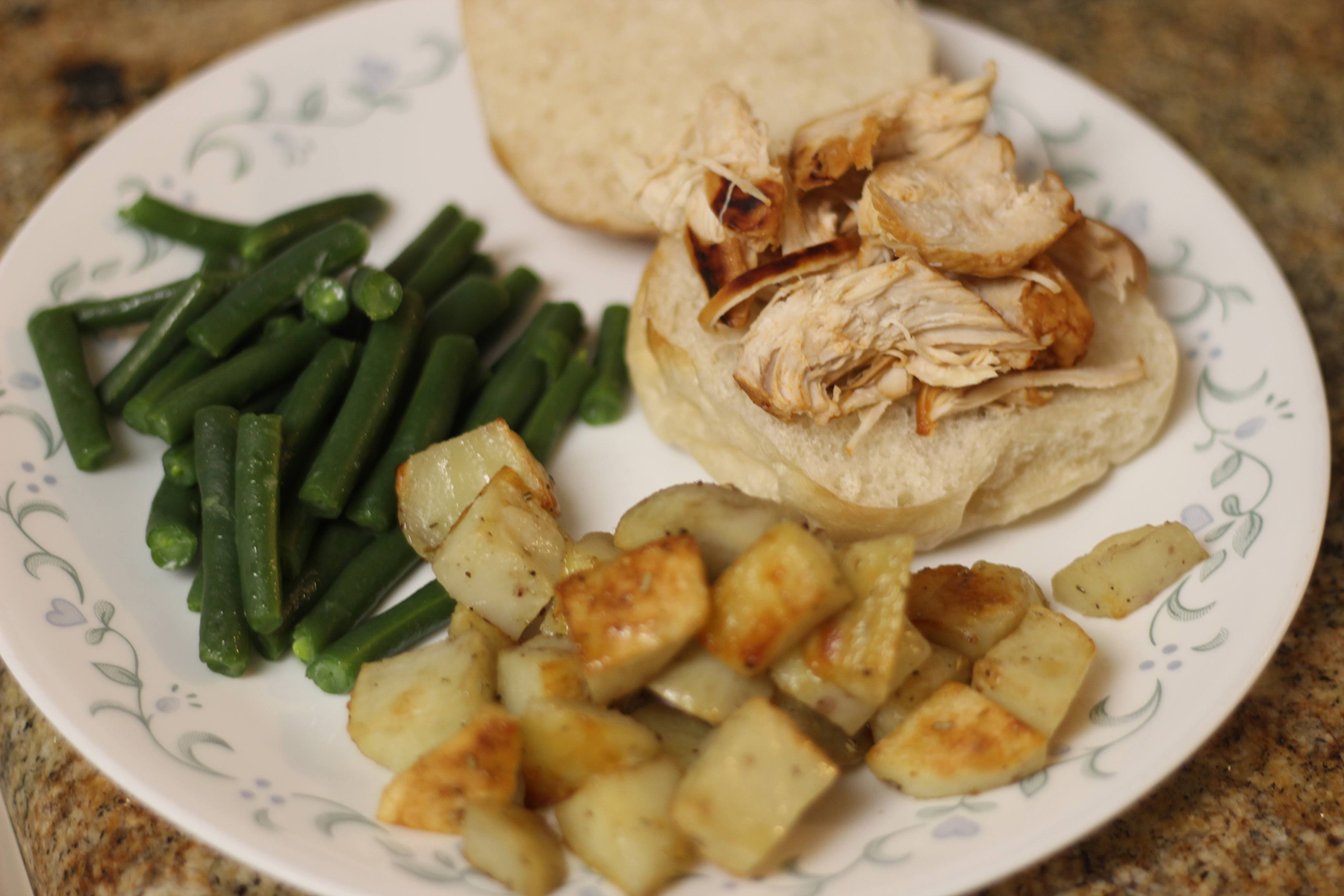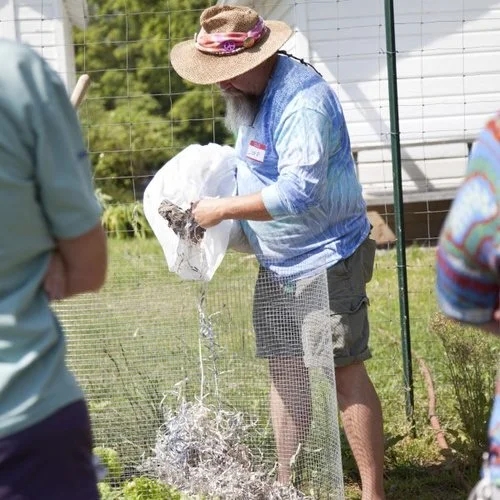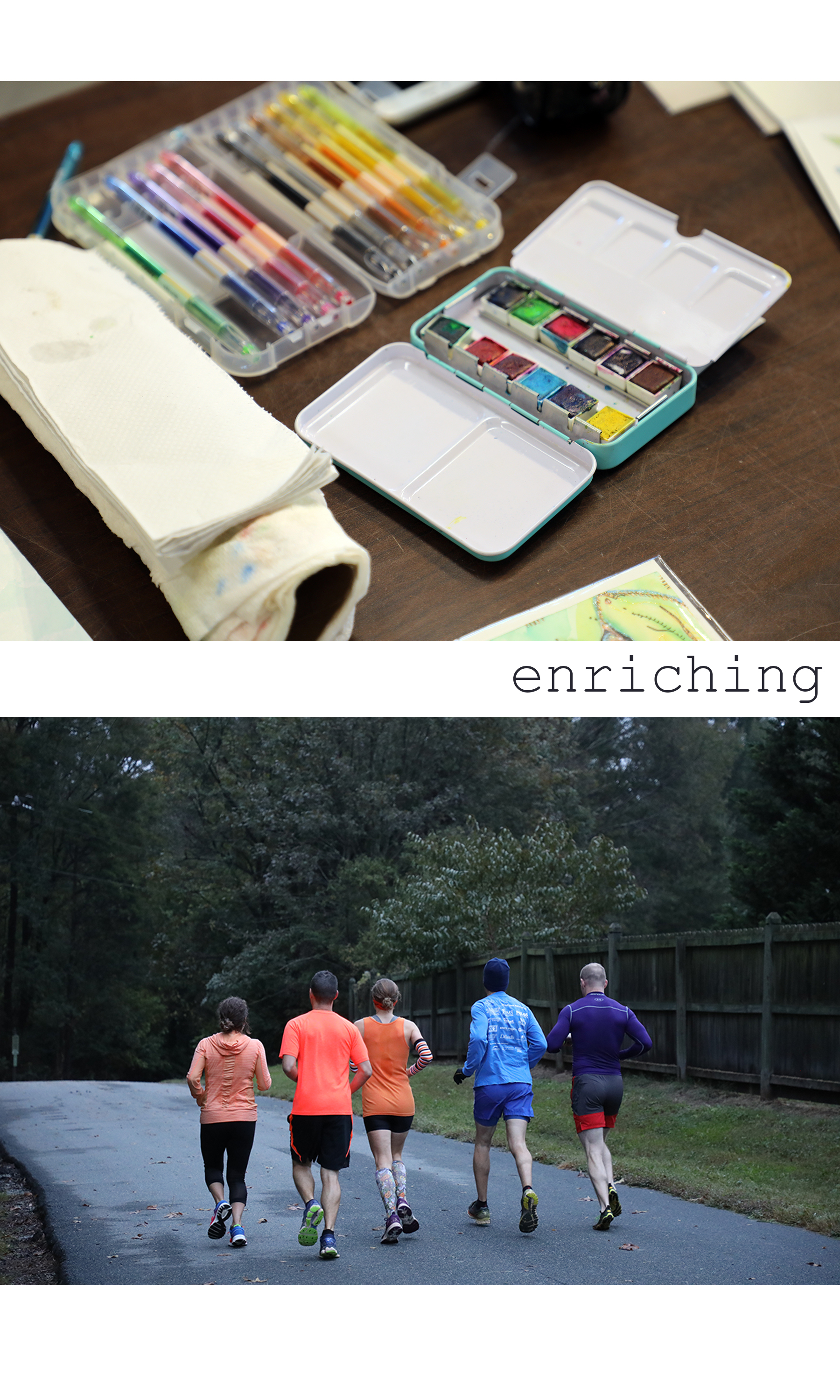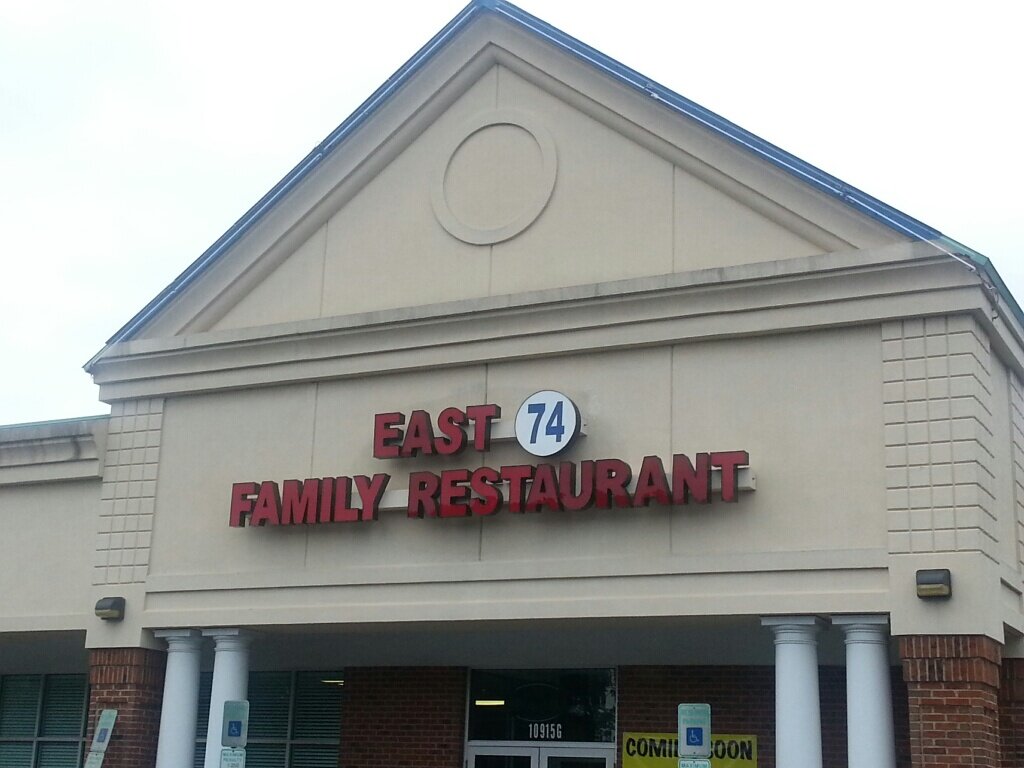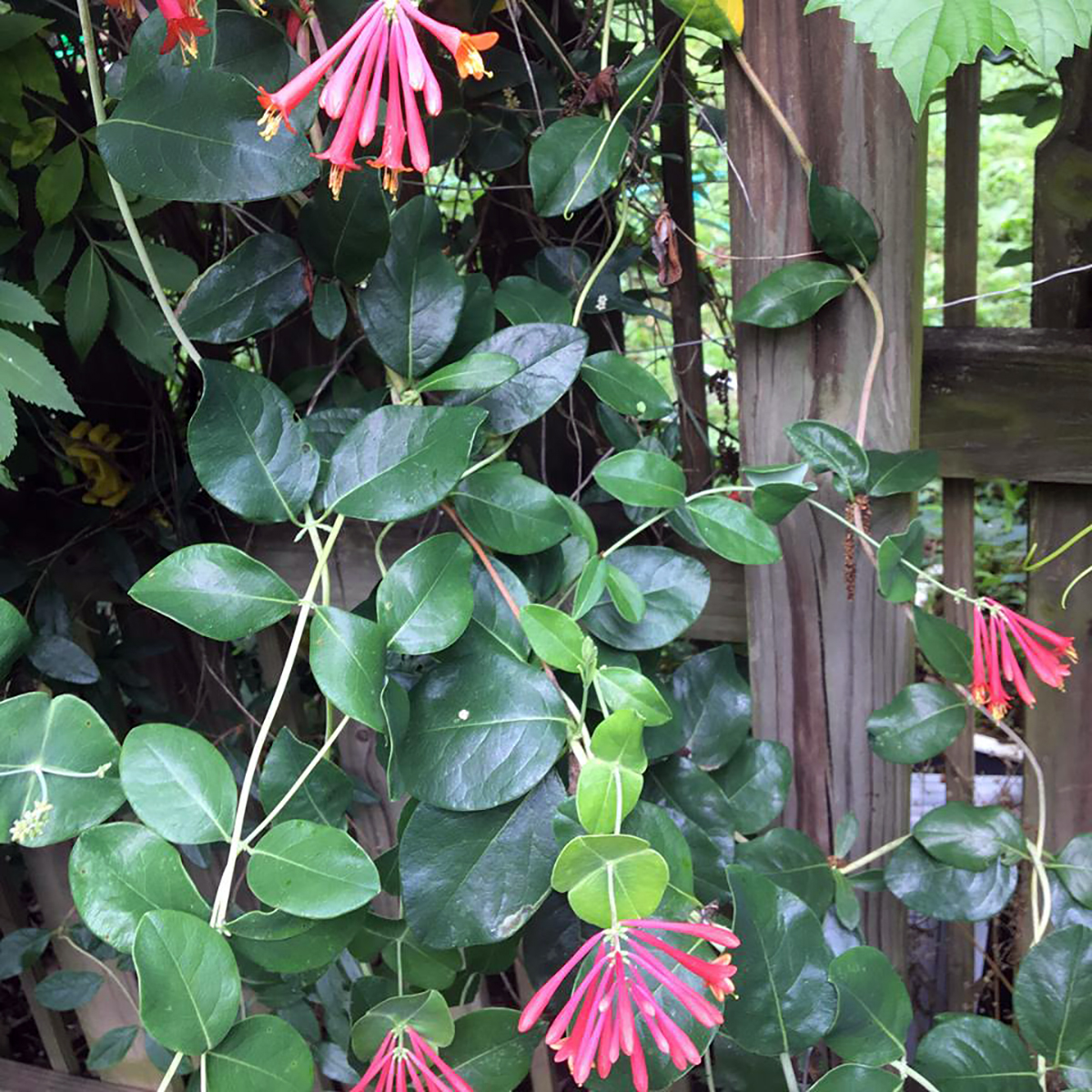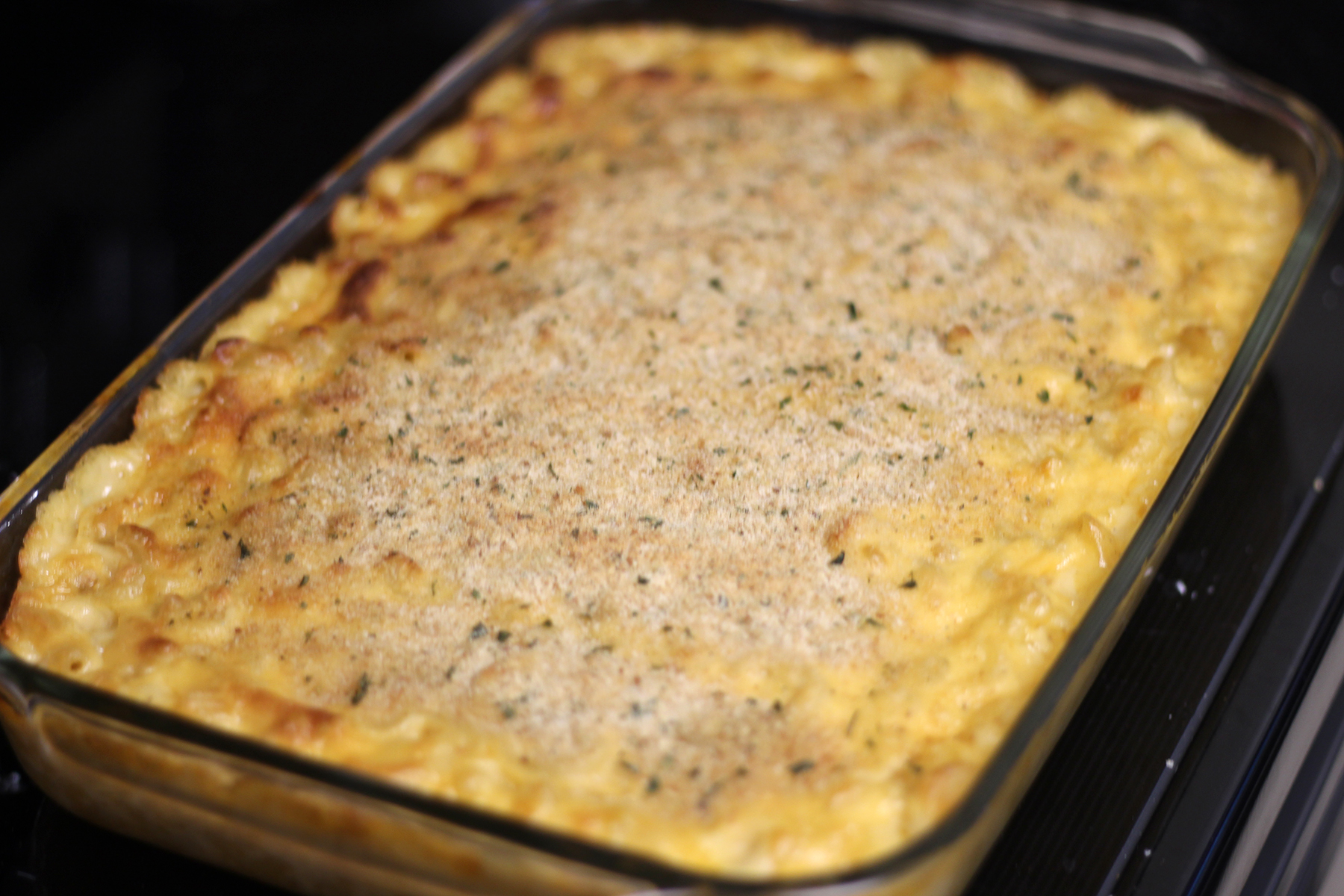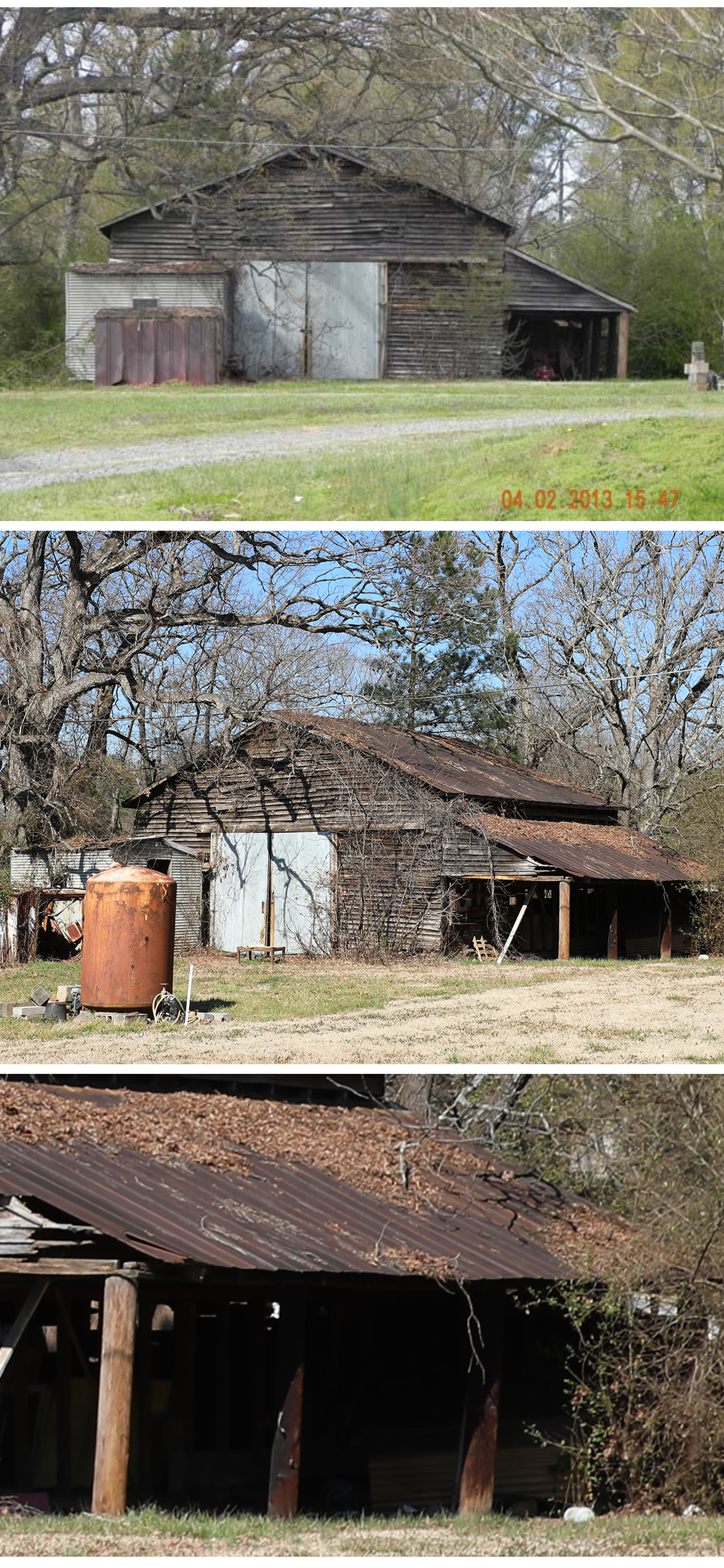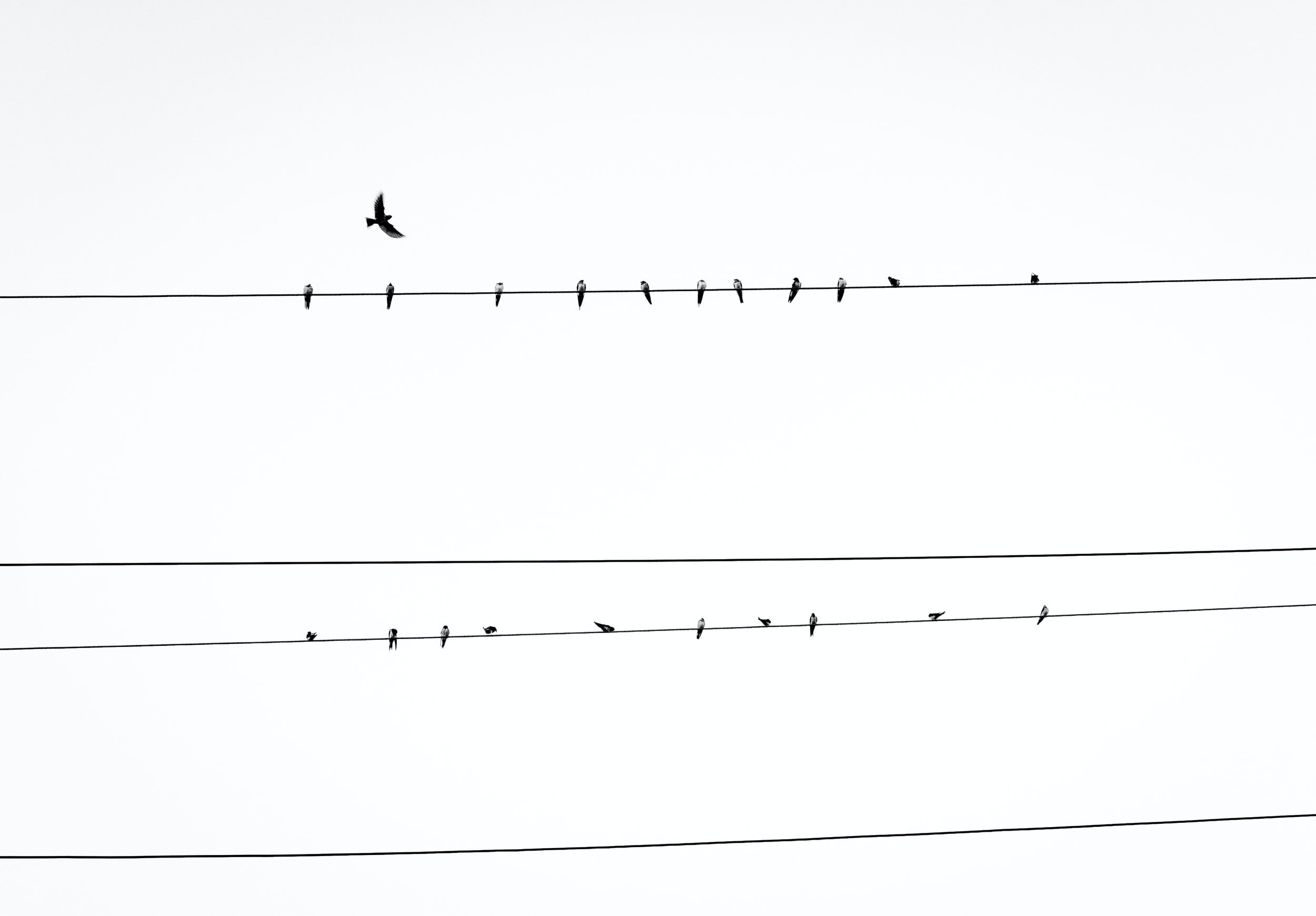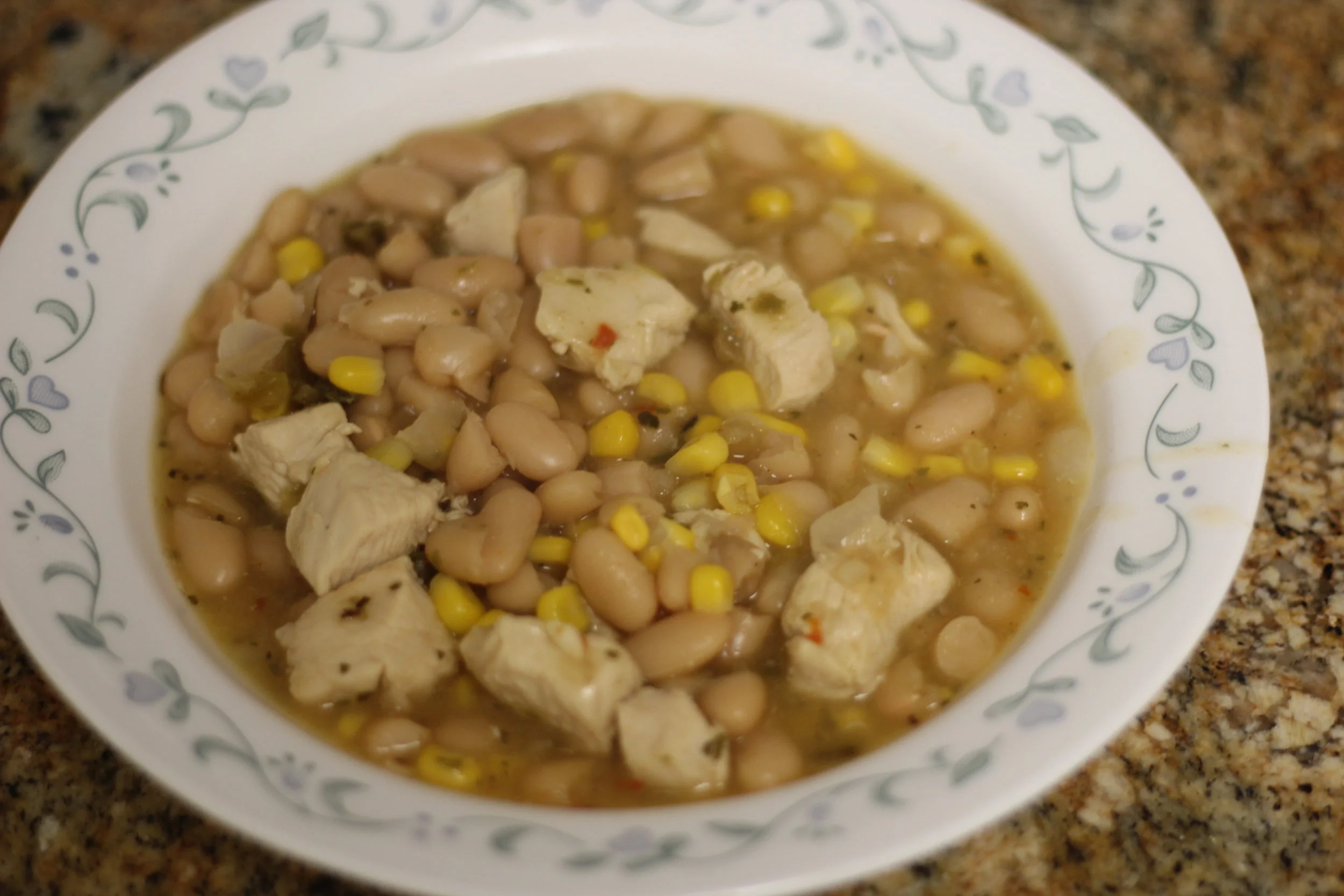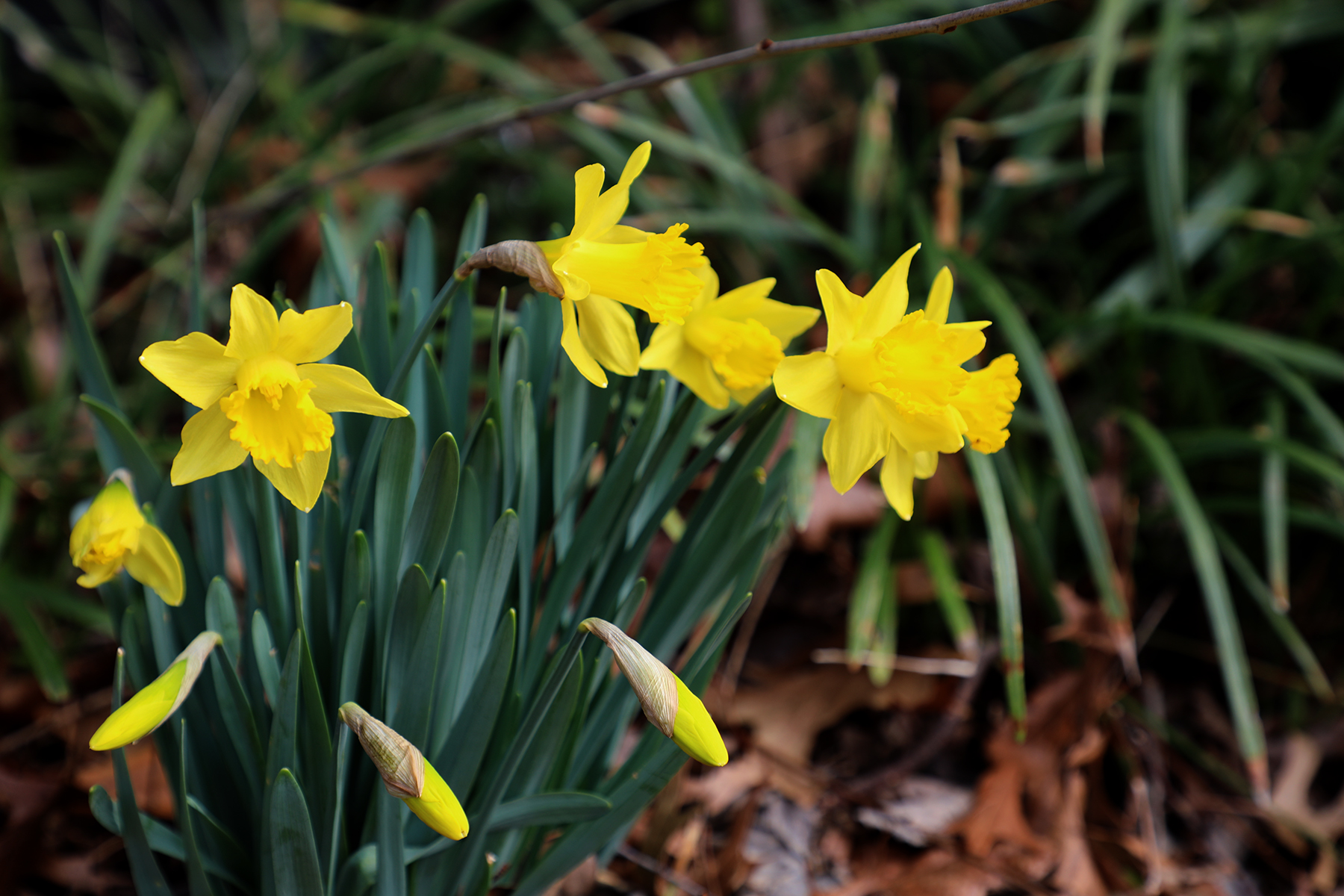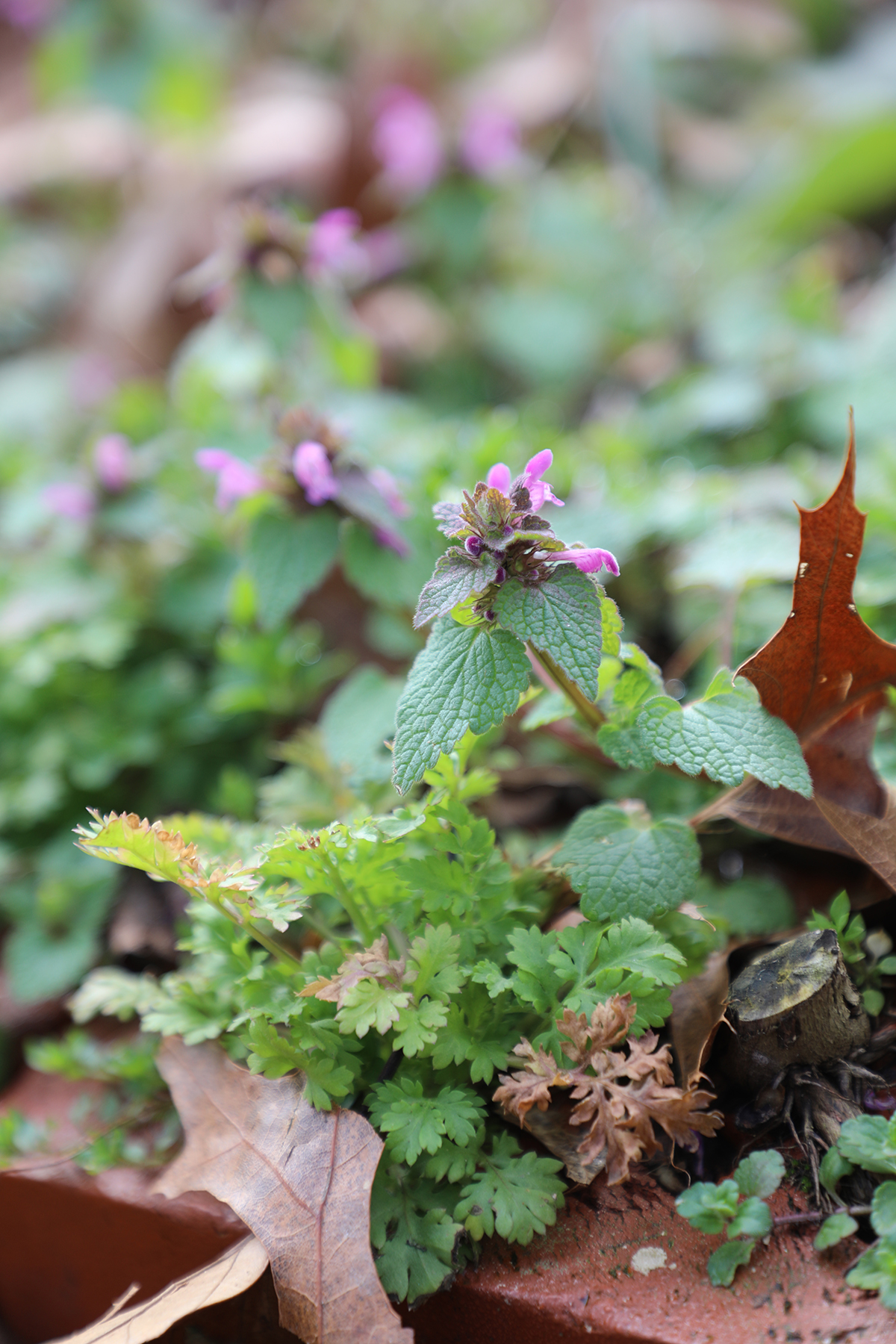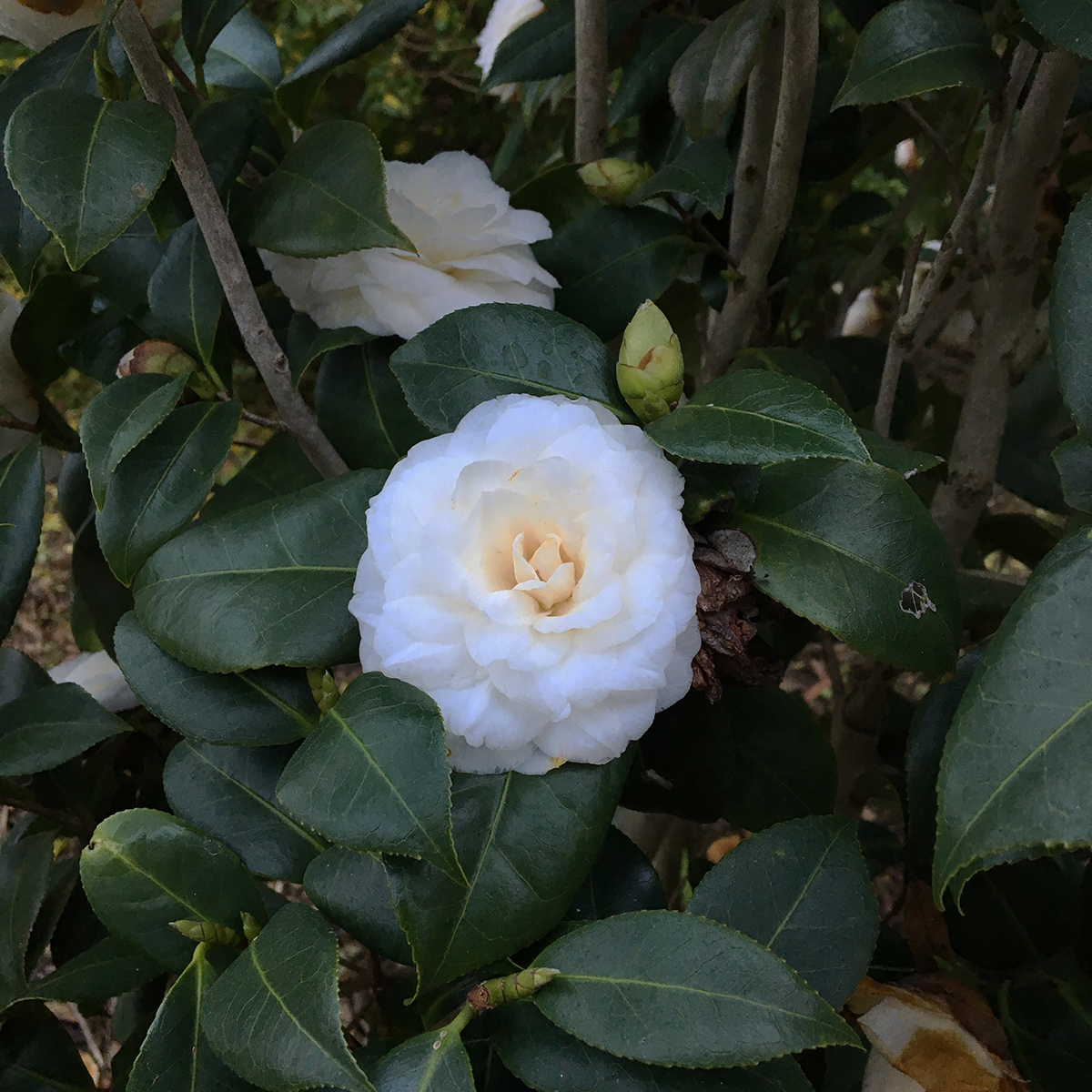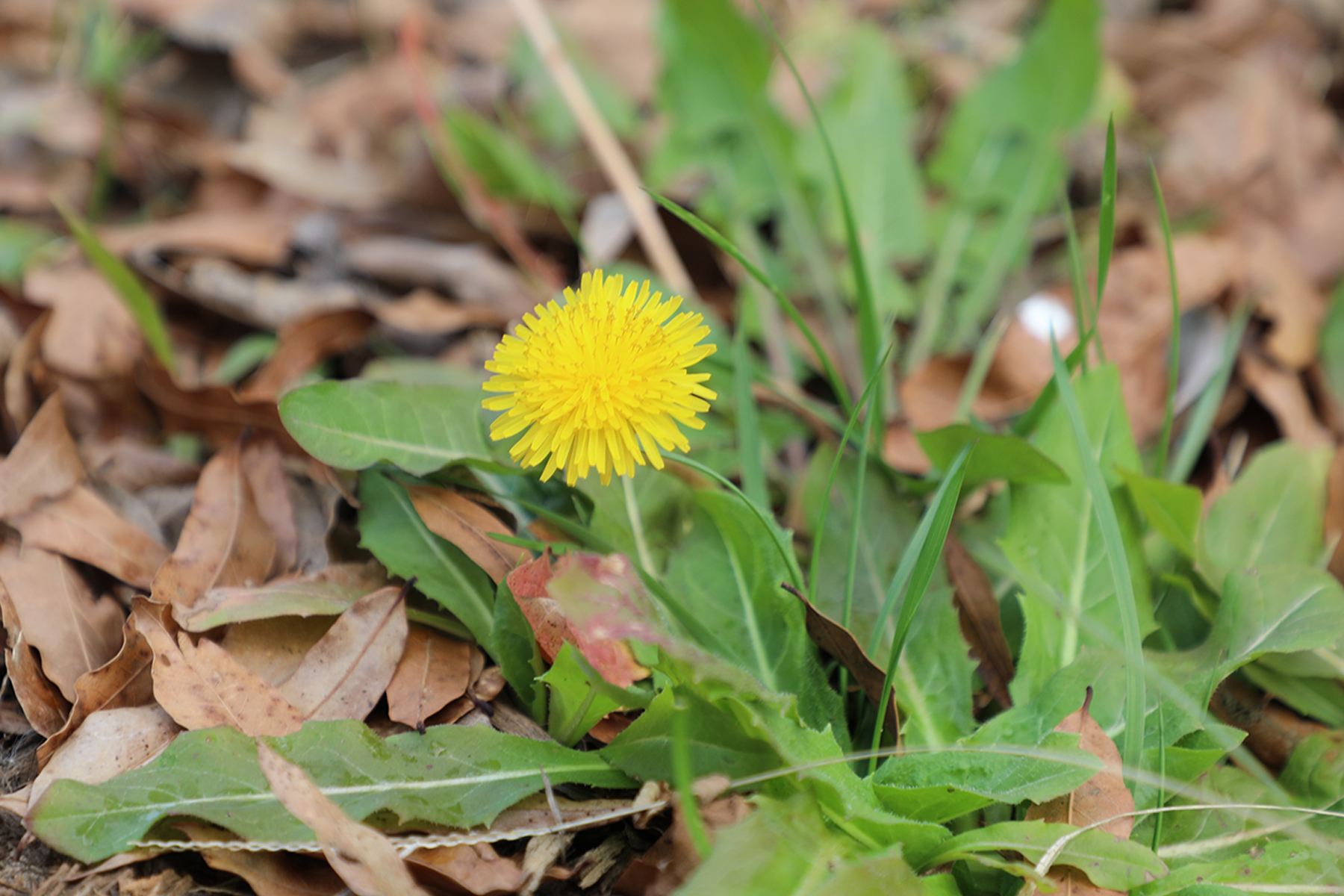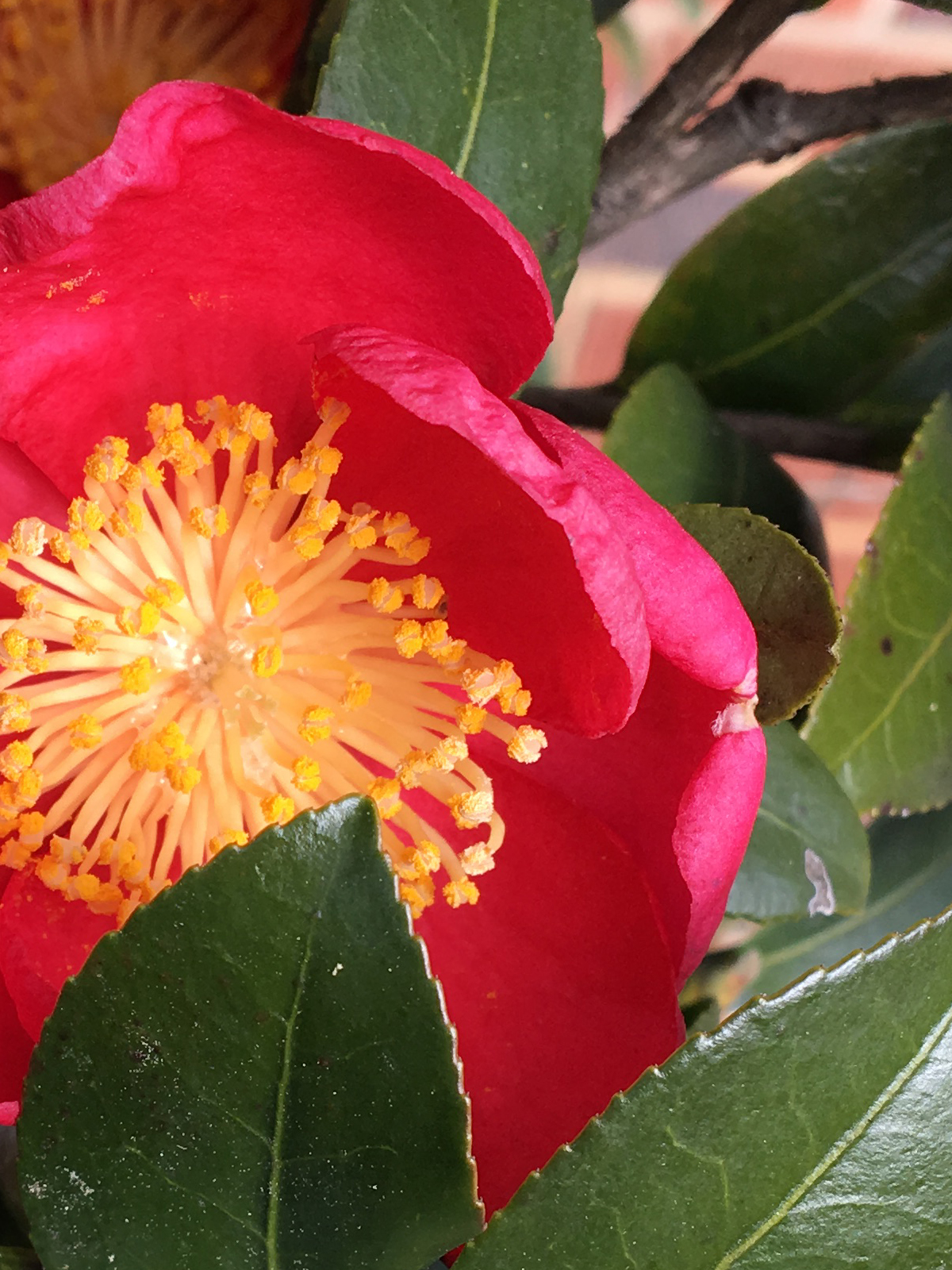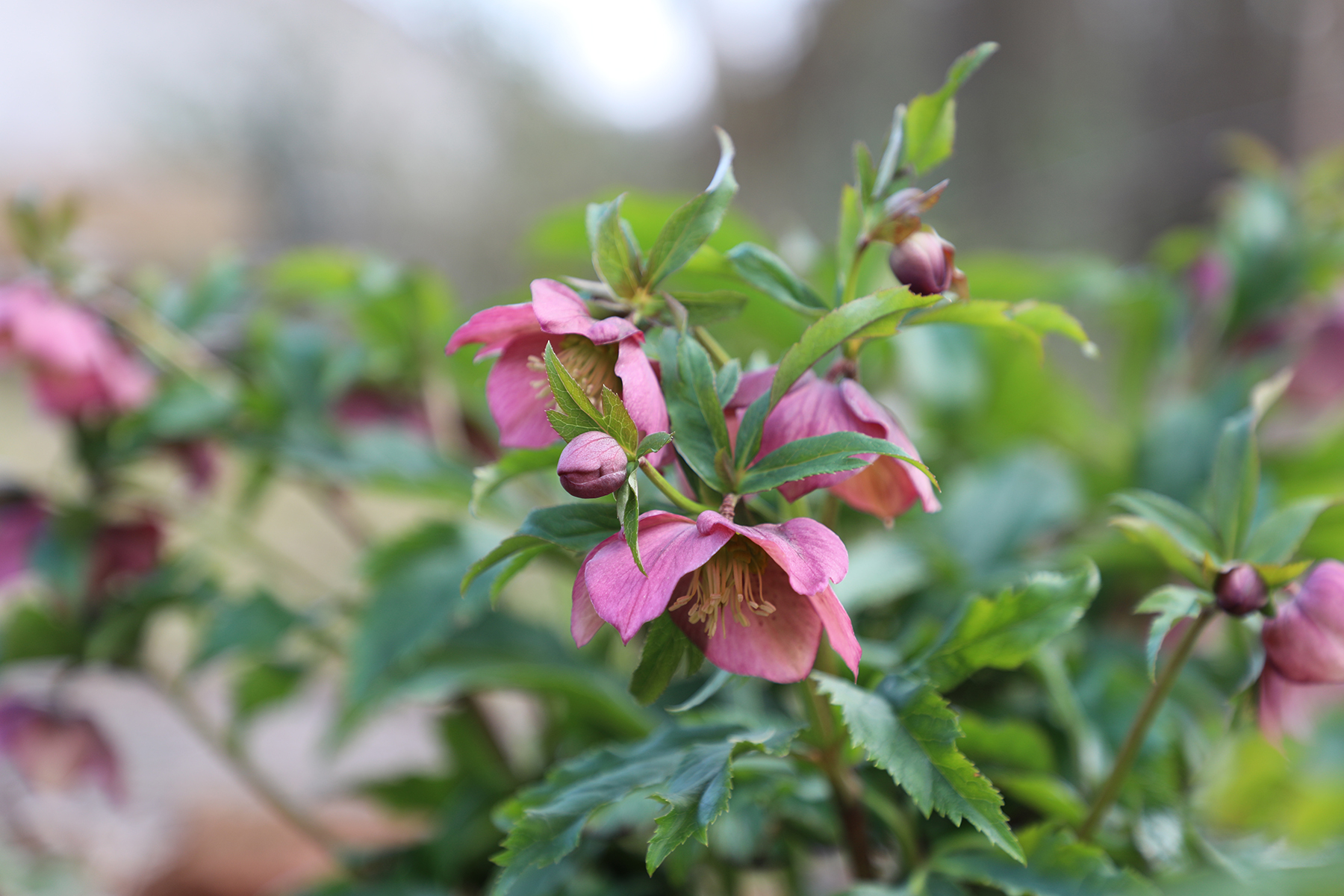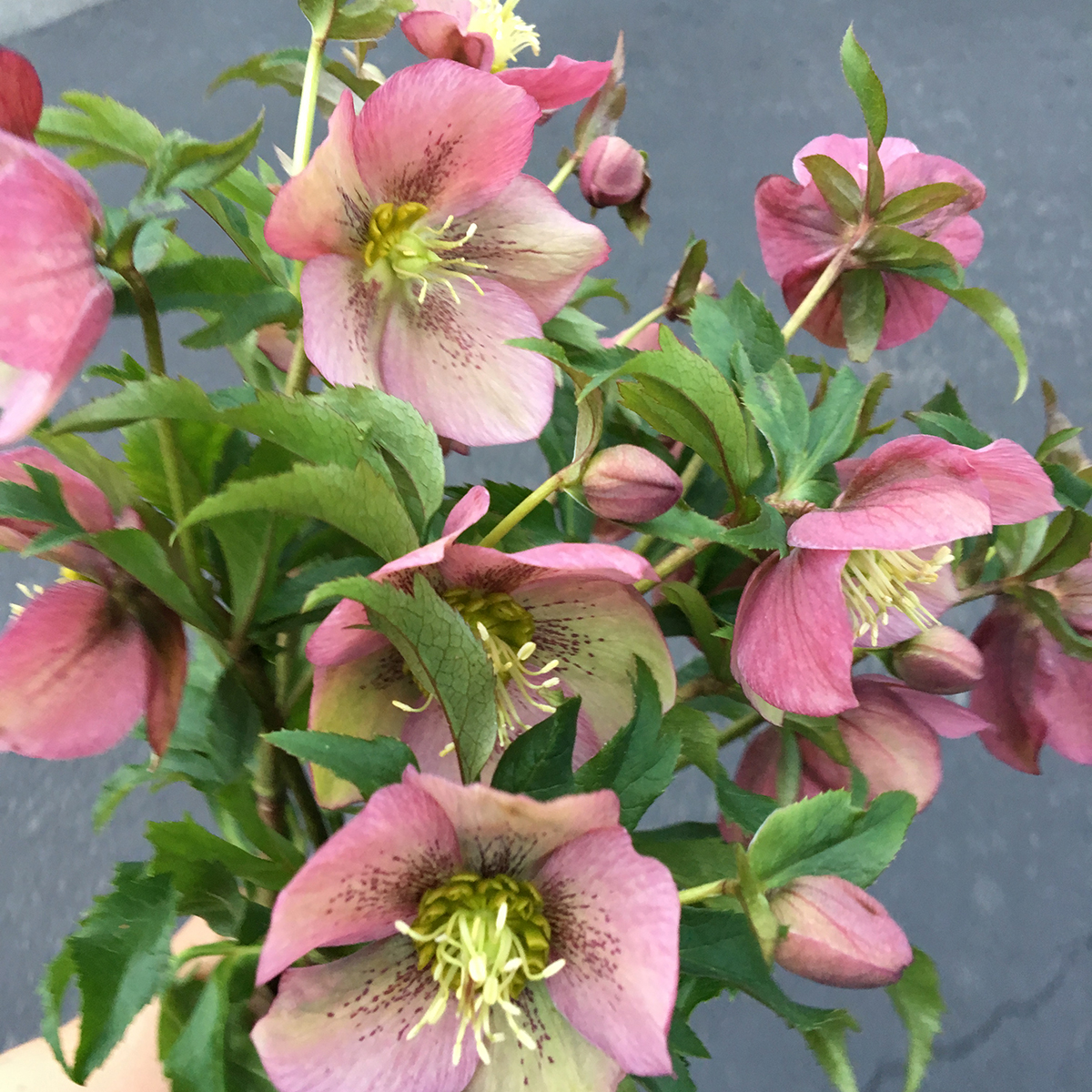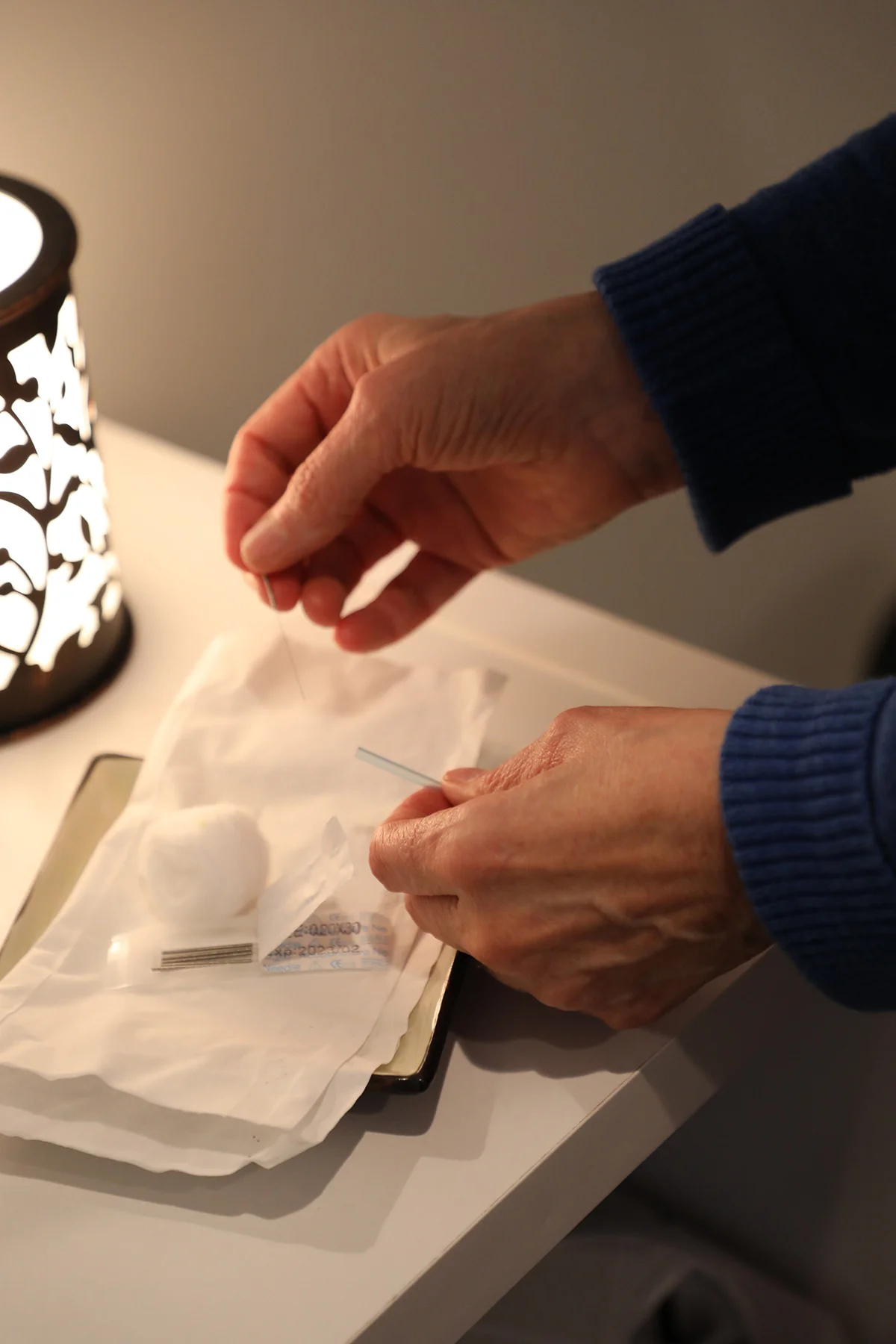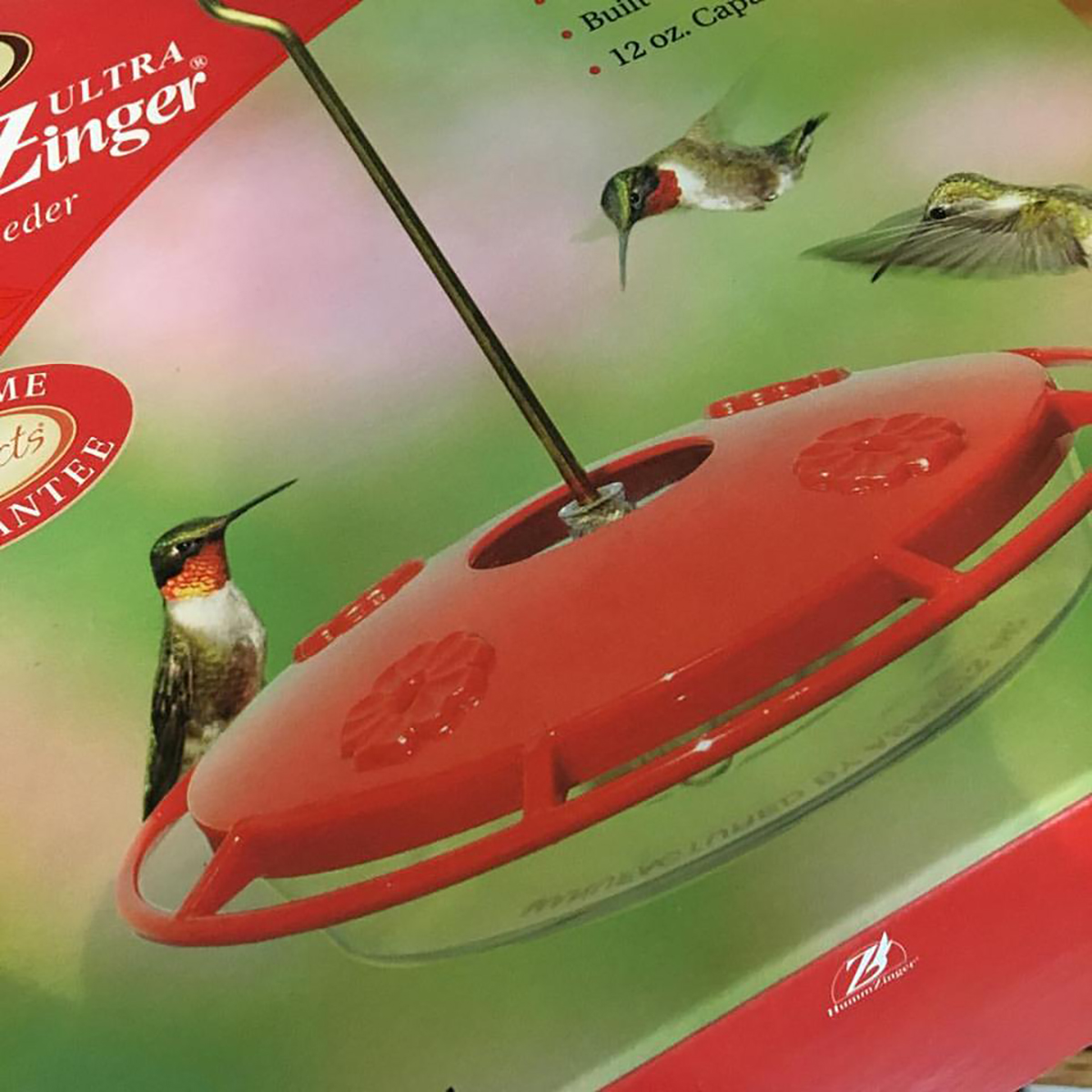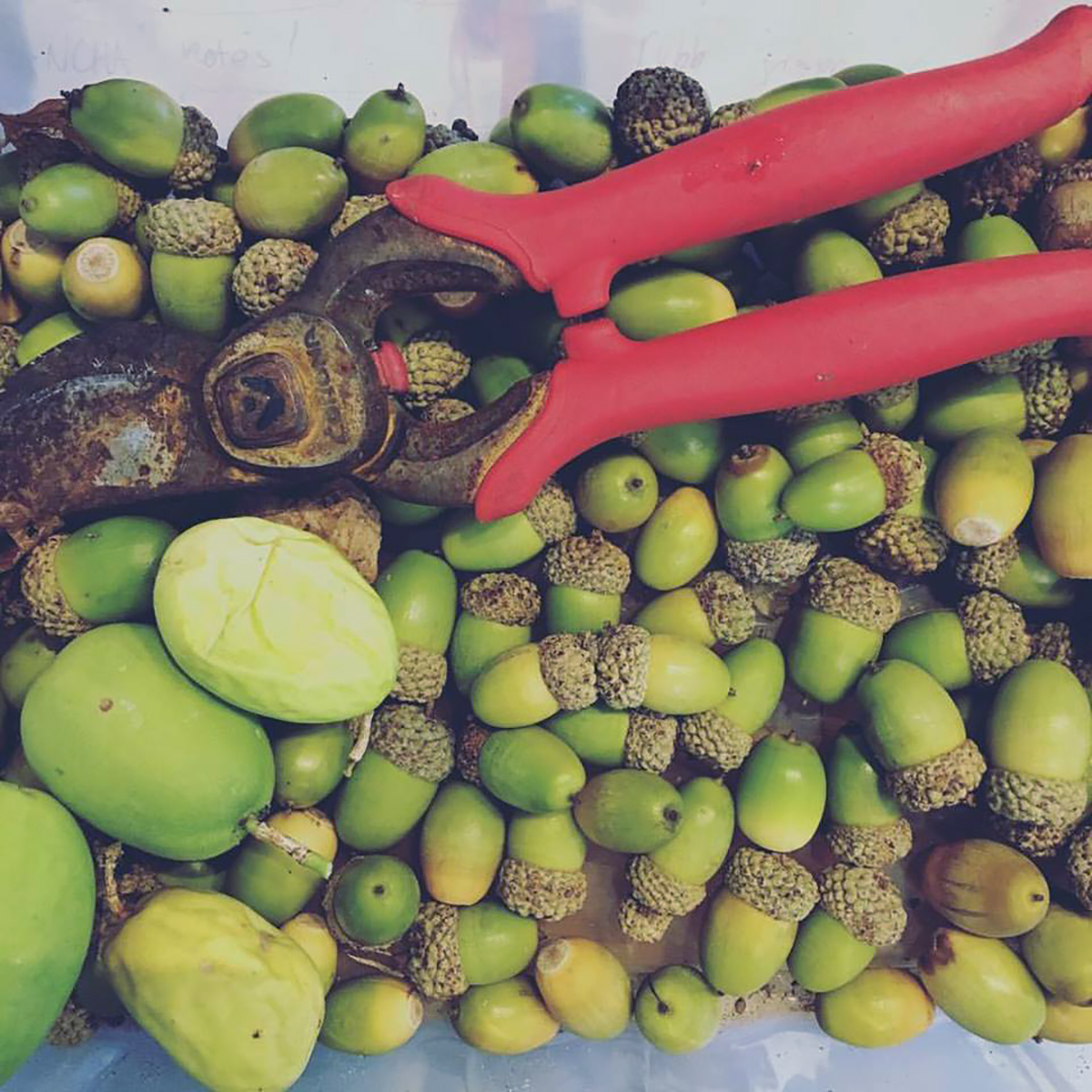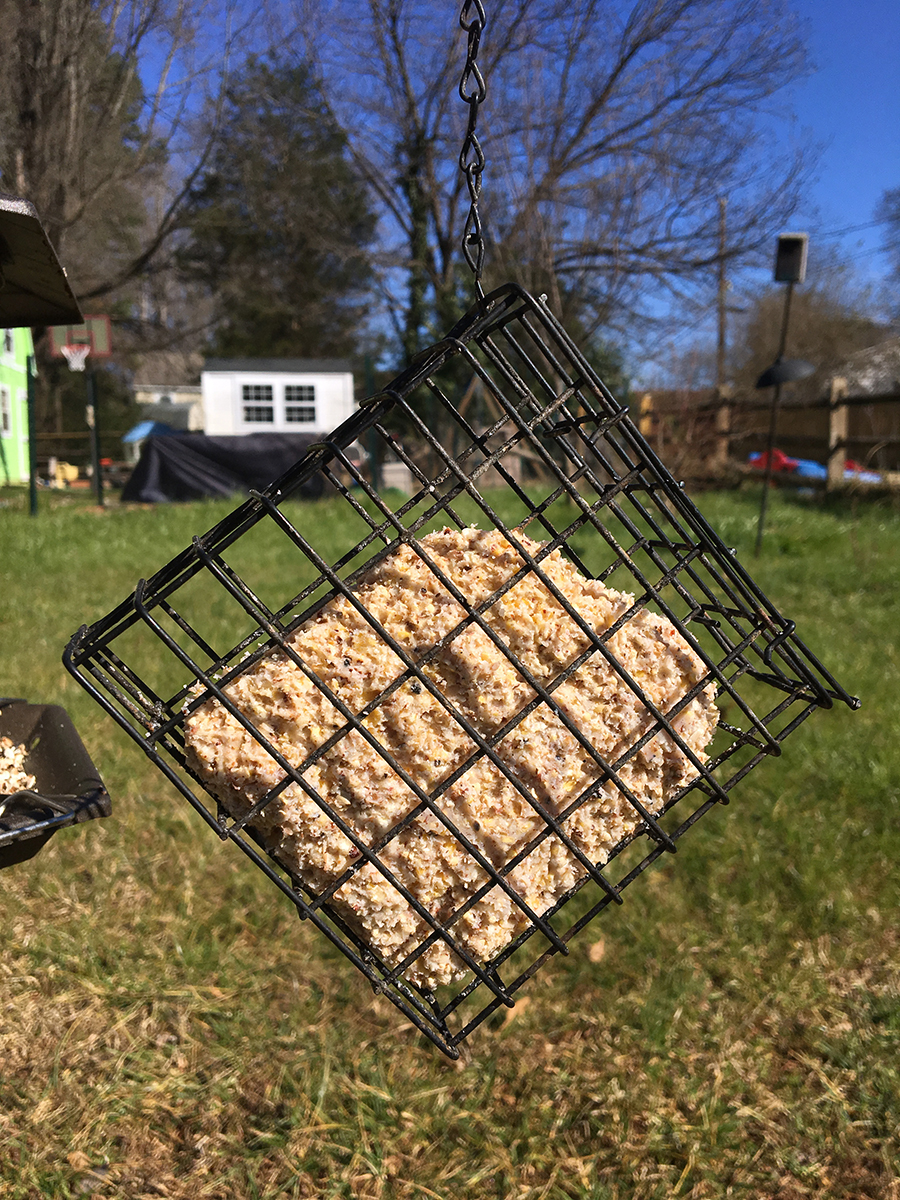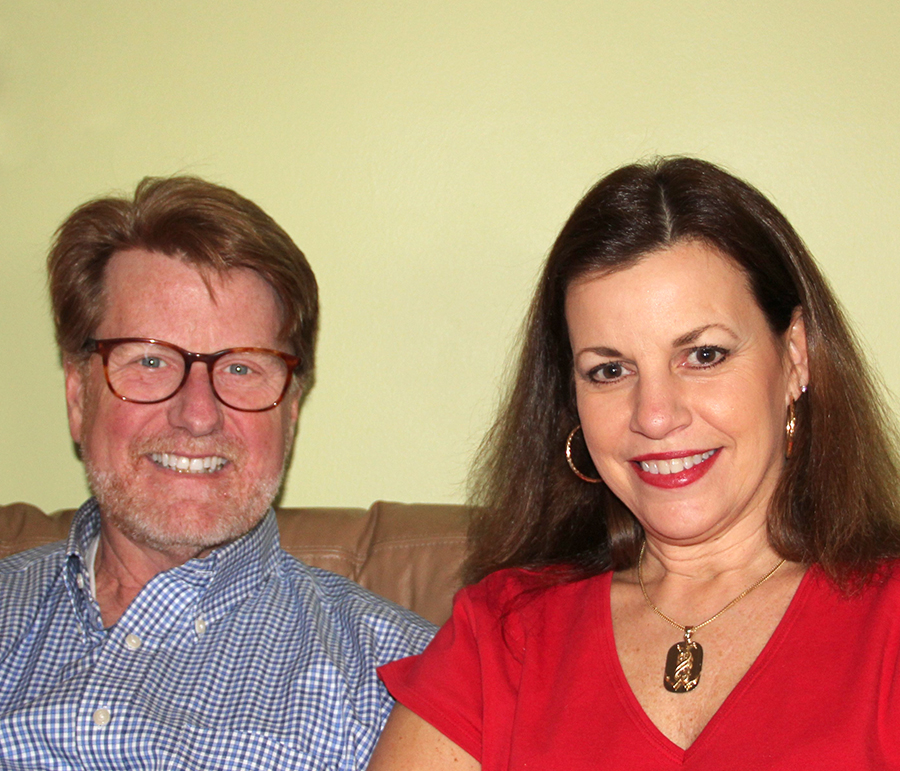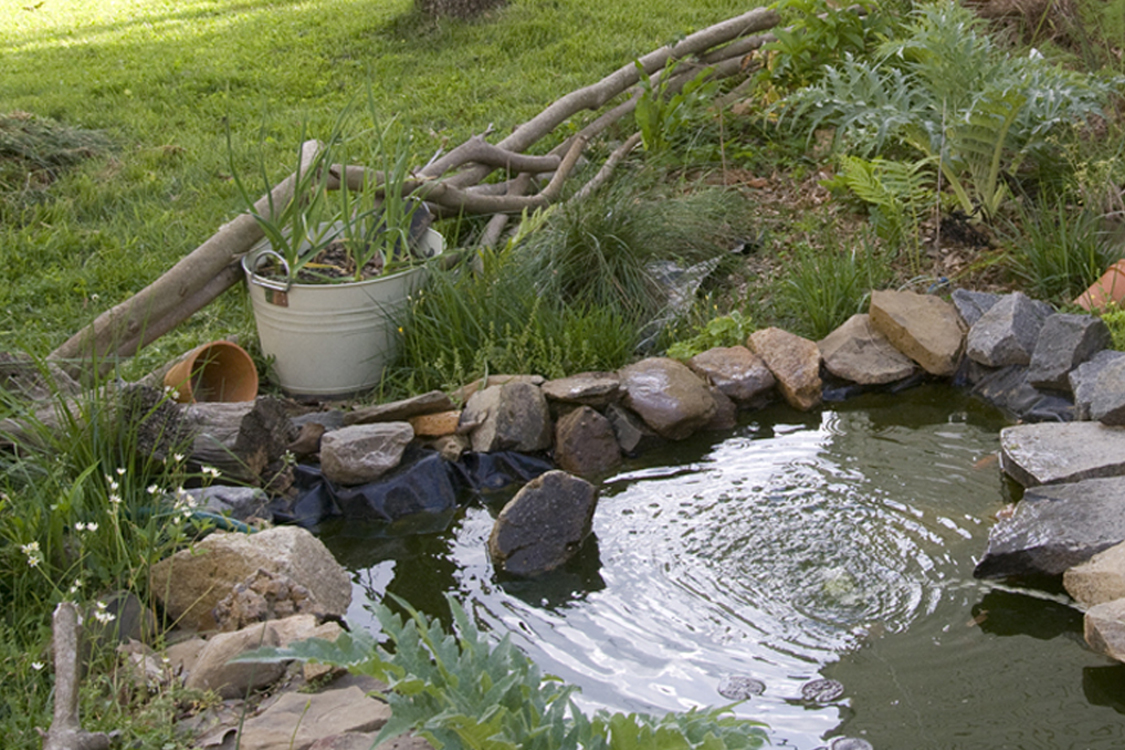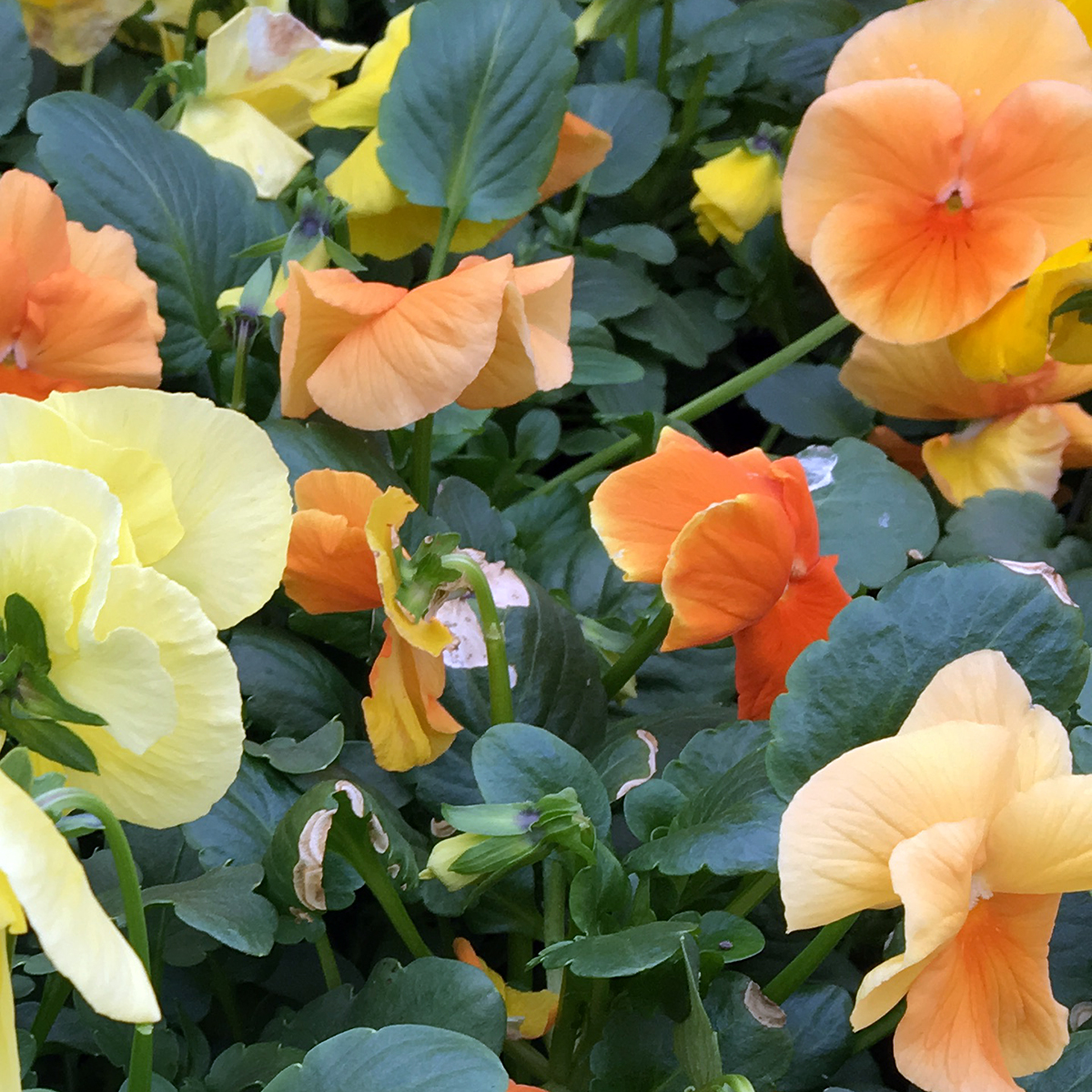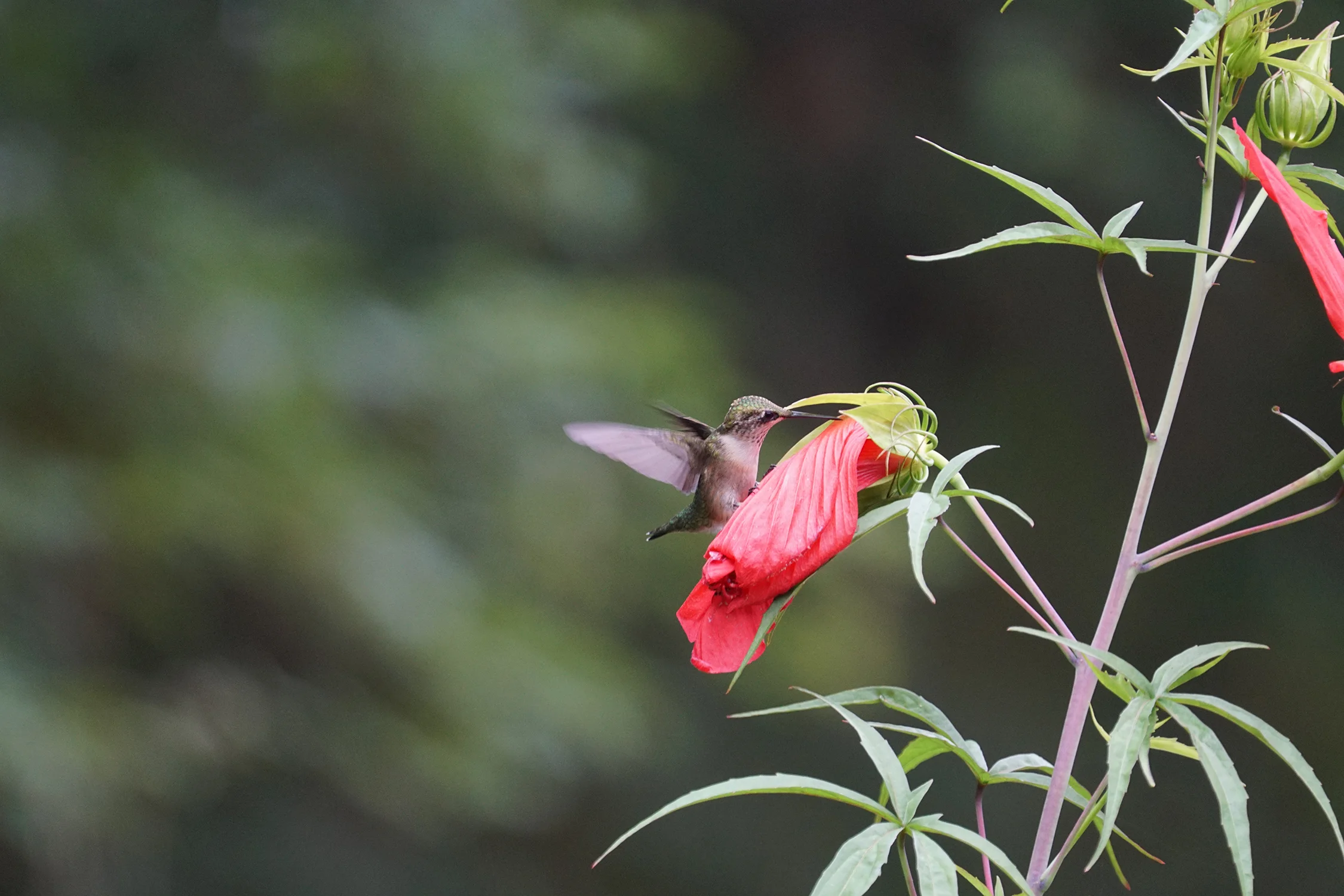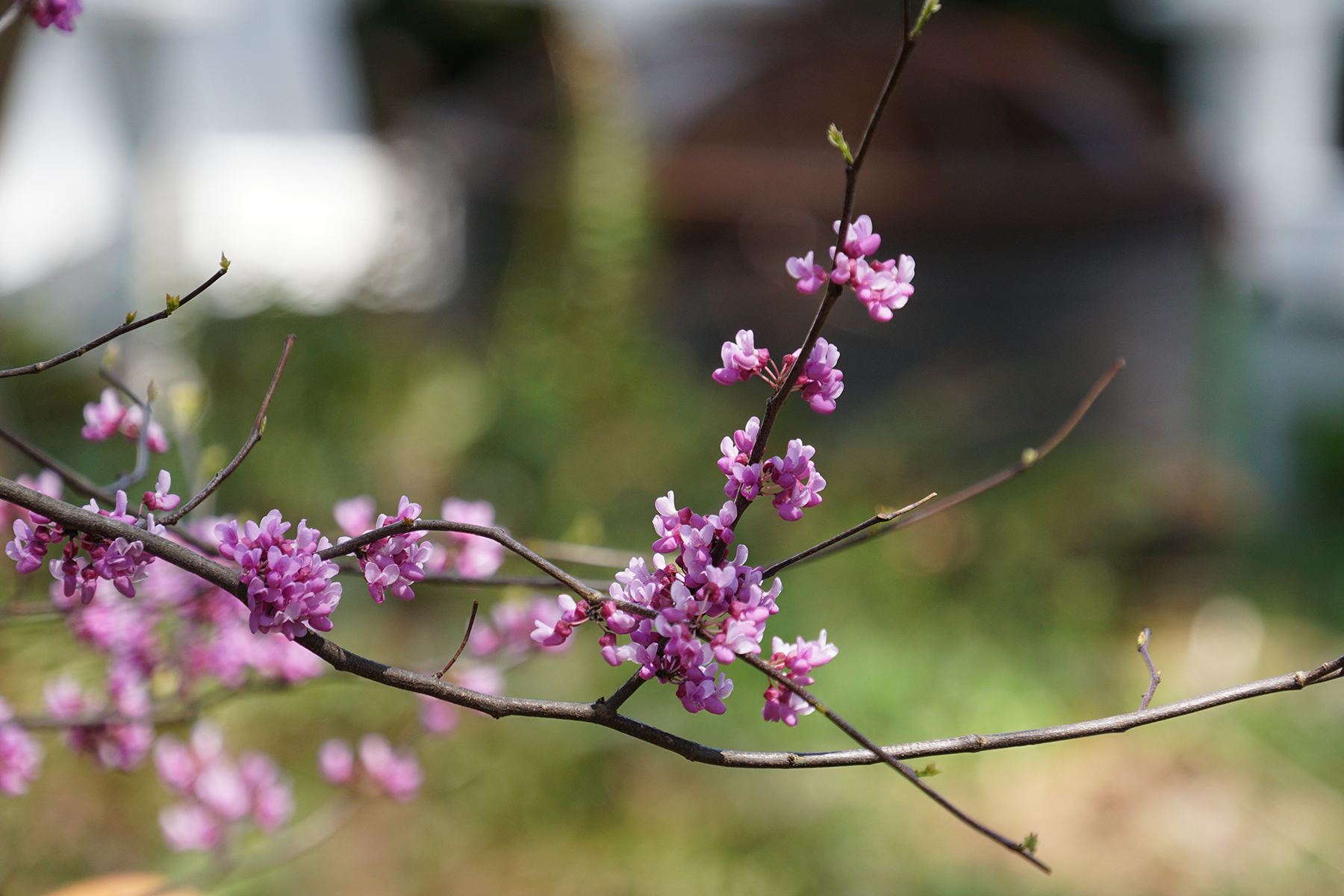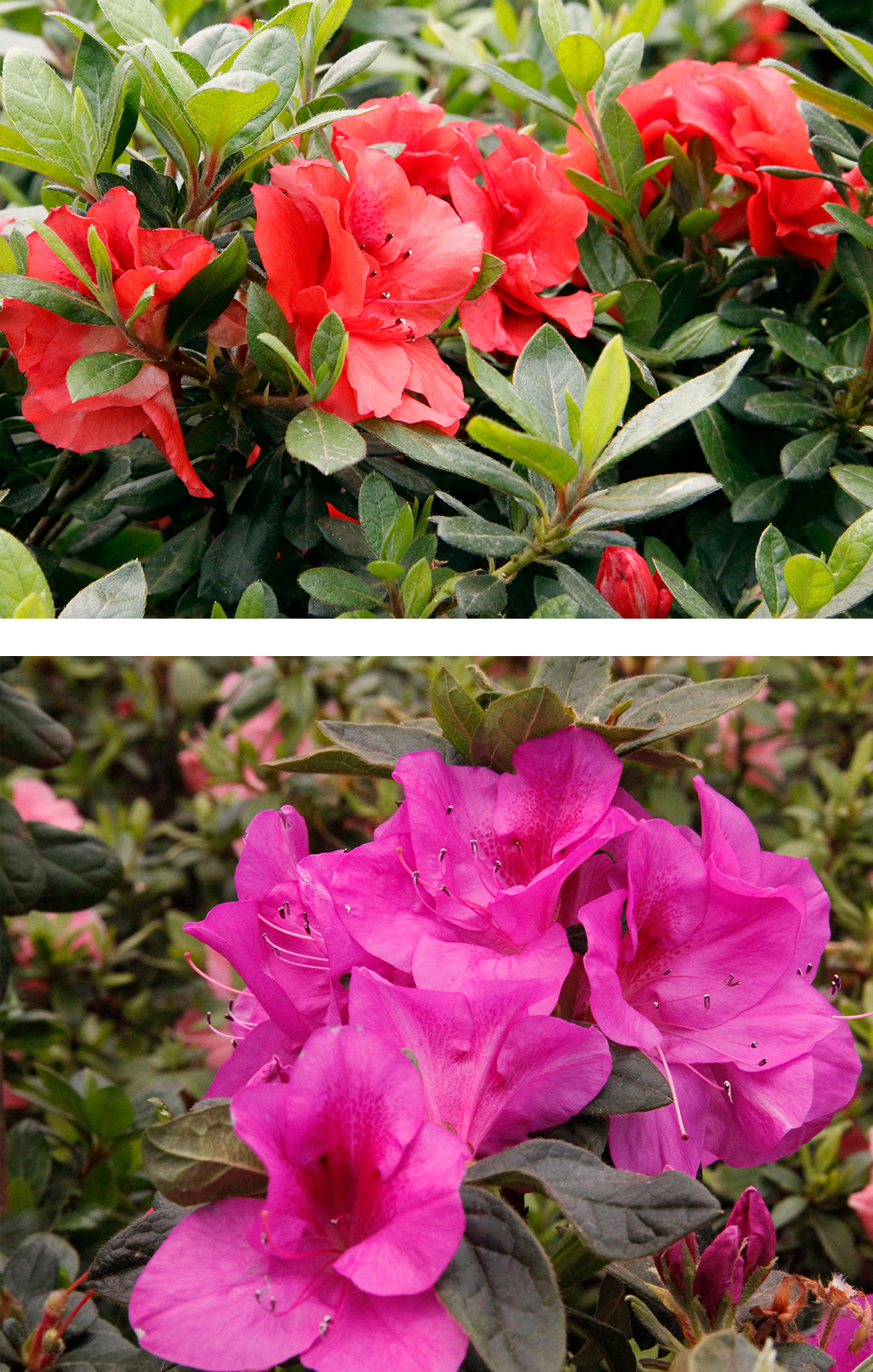The potatoes are a treat for me; my children torment their Irish and German ancestors by hating on potatoes and, as such, I don’t make them often.
I left off last week with big plans to do some freezer meals and set myself up for an organized week of solo parenting. Best laid plans…
On Saturday my oldest son insisted we throw a surprise birthday party for his best friend who a) had already had a party, and b) hates surprises. My son was not to be deterred by these facts, so I made some macaroni & cheese, threw together a veggie tray, and ordered some cupcakes. Friends brought chicken to complete the meal. We all had a great time at the party no one actually wanted to happen.
Sunday I was struck down by whatever illness is floating around my kids’ schools, so my freezer meals were tossed out the window. However, I pulled myself together just enough to put a pork shoulder in the Instant Pot with barbecue sauce, Worcestershire sauce, and cider vinegar; 90 minutes later we had pulled pork, paired with spaetzle and green beans.
My husband’s job took him to Winston Salem for most of the week, and I felt like I had been hit by a truck, so after struggling through Monday I picked up Happy Meals and called it a night. All hail the red-haired clown.
I found myself feeling slightly better on Tuesday, so I made an actual dinner of pulled chicken, green beans, and roasted potatoes. The potatoes are a treat for me; my children torment their Irish and German ancestors by hating on potatoes, and as such, I don’t make them often. Peel potatoes, cut into 1-inch squares. Coat with olive oil and sprinkle with garlic, crushed rosemary, salt, and pepper. Roast at 425 for 20 minutes, increase to 450 for an additional 10. They’re ready when they start to brown.
Wednesday evening was spent in the company of two toddlers, so I busted out the leftovers. An unexpected benefit of being husband free is the abundance of food in my fridge. I might get away with only cooking once or twice a week from now on. Won’t that make for some interesting articles…
Travis made his triumphant return home on Thursday. A better wife would have made a welcome home dinner, this wife (who was still sick) ordered a pizza.
Today I went to the doctor and learned I have bronchitis. Armed with this information and some medicine I have higher hopes for getting my act together next week. As for dinner tonight, we have yet to have the circular “I don’t know, what do you want to eat?” conversation, but I’m already leaning pasta.
Weeks like this one remind me why a plan is a wonderful thing to have.
